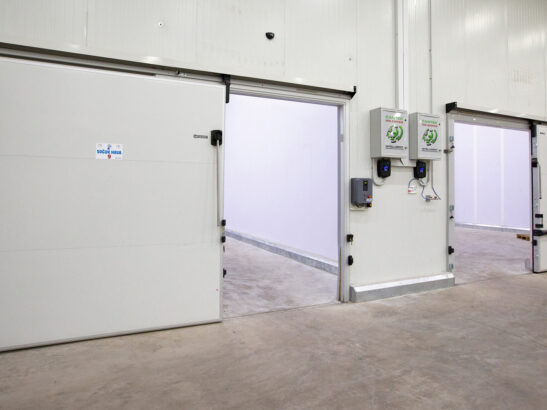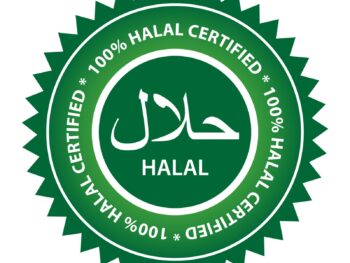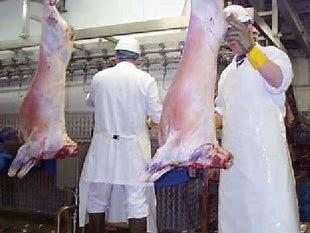Enhancing the Design of Carcass Cold Room Freezers and Blast Freezers for the Meat Processing Industry
In the realm of the meat processing industry, the preservation of carcass quality and freshness is a matter of utmost importance. This is not just to ensure food safety, but also to meet the high expectations of consumers who demand the best quality in their meat products. A significant aspect of this process lies in the design and operation of carcass cold room freezers and blast freezers. These specialized units play a pivotal role in maintaining the integrity of meat products, right from the point of slaughter to the stage of distribution.
Key Design Elements for Carcass Cold Room Freezer and Blast Freezer:
Temperature Regulation: The primary function of carcass cold room freezers and blast freezers is to maintain a stable and optimal temperature. This is crucial in preventing bacterial growth that could compromise the quality of the meat. Effective temperature control systems are therefore indispensable. These systems work by continuously monitoring the internal temperature and making necessary adjustments to the cooling mechanisms. This ensures that the environment inside the freezer remains stable and ideal for preserving the carcasses.
Air Circulation: Efficient air circulation is another critical aspect of these freezers. It is essential to maintain uniform temperatures throughout the freezer, which in turn ensures even freezing of carcasses. A well-designed ventilation and airflow system helps avoid the formation of cold spots, which are areas that are colder than the rest. This is achieved by ensuring that cold air is evenly distributed throughout the freezer, thereby guaranteeing that all carcasses are uniformly frozen, regardless of their position inside the freezer.
Thermal Insulation: The use of high-quality insulation materials is vital for maintaining the internal temperature of the cold room freezer and minimizing energy usage. The insulation works by reducing the amount of heat that enters or leaves the freezer, thereby maintaining a constant internal temperature. Factors such as the thickness of the insulation, the seals on the doors, and the construction of the panels play a significant role in this process. They work together to prevent temperature fluctuations, which could disrupt the cold chain and negatively impact the quality of the carcasses.
Cleanliness and Sanitation: Cleanliness is of utmost importance in meat processing facilities to avoid contamination and ensure the safety of the food. The design of carcass cold room freezers and blast freezers should incorporate features that make cleaning and sanitation easy. This includes smooth surfaces that are easy to clean, drainage systems for removing cleaning fluids, and materials that resist the growth of bacteria. These features help the facility meet industry regulations and standards, ensuring that the meat is safe for consumption.
Energy Conservation: Energy-efficient design elements are integral to the operation of these freezers. These include LED lights, which consume less energy than traditional lighting systems; energy-saving compressors, which use advanced technology to reduce energy consumption; and intelligent temperature controls, which optimize the cooling process to save energy. By implementing these sustainable practices in the design of the freezer, the facility can reduce its operational expenses and lessen its environmental impact. This not only makes the facility more cost-effective but also contributes to the overall efficiency of meat processing facilities.
In conclusion, the design of carcass cold room freezers and blast freezers is a critical component of meat processing facilities. By focusing on temperature control, air circulation, insulation, hygiene, and energy efficiency, meat industry professionals can enhance product quality, ensure food safety, and streamline operations for optimal performance.
For comprehensive guidance and support in the meat industry, consider exploring the valuable resources available at Meat Industry Mentors. Stay updated on the latest trends, techniques, and best practices to excel in the dynamic and evolving landscape of meat processing. Remember, the key to success in this industry lies in continuous learning and adaptation to new technologies and practices.

Design Considerations for Carcass Cold Room Freezer and Blast Freezer
Optimizing Carcass Cold Room Freezer and Blast Freezer Design for Meat Industry
In the meat processing industry, maintaining the quality and freshness of carcasses is crucial to ensure food safety and meet consumer expectations. One key aspect of this process is the design and operation of carcass cold room freezers and blast freezers. These specialized units play a significant role in preserving the integrity of meat products from the point of slaughter to distribution.
Design Considerations for Carcass Cold Room Freezer and Blast Freezer:
In conclusion, the design of carcass cold room freezers and blast freezers is a critical component of meat processing facilities. By focusing on temperature control, air circulation, insulation, hygiene, and energy efficiency, meat industry professionals can enhance product quality, ensure food safety, and streamline operations for optimal performance.
Remember, for comprehensive guidance and support in the meat industry, explore the valuable resources available at Meat Industry Mentors. Stay updated on the latest trends, techniques, and best practices to excel in the dynamic and evolving landscape of meat processing.




